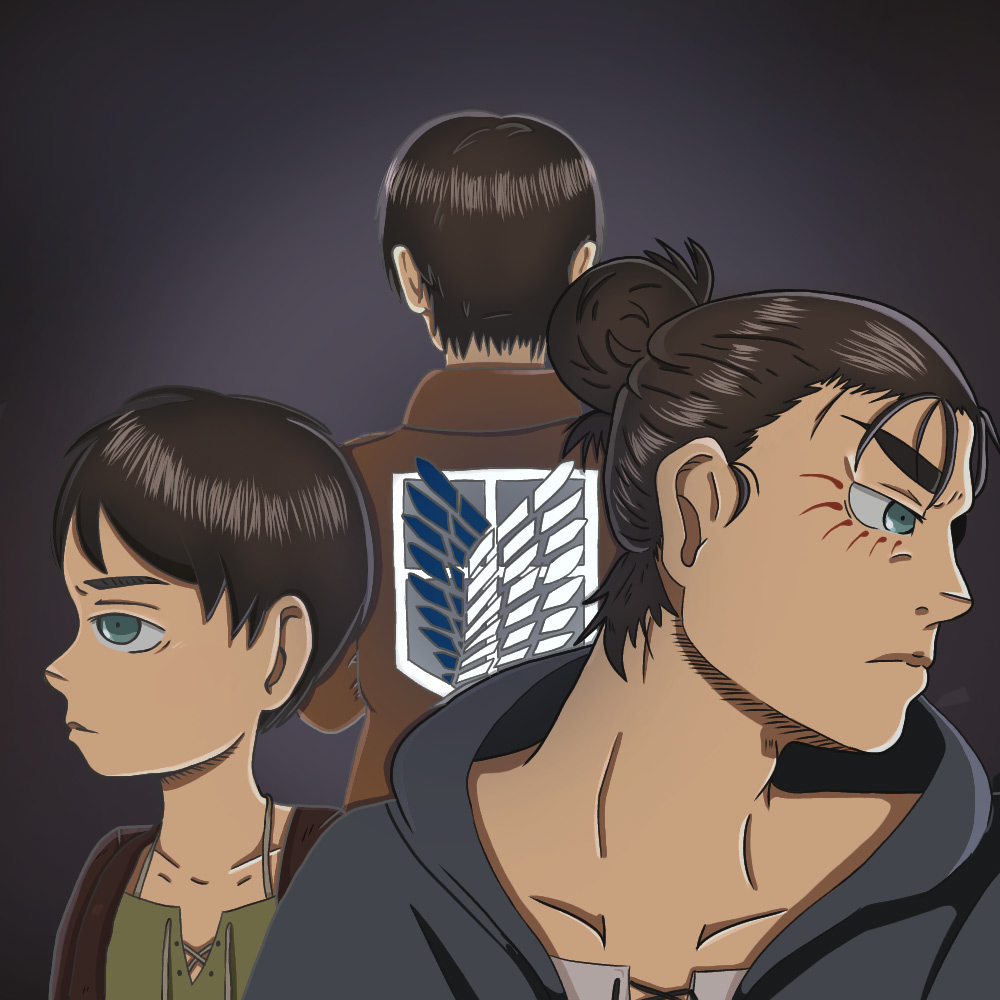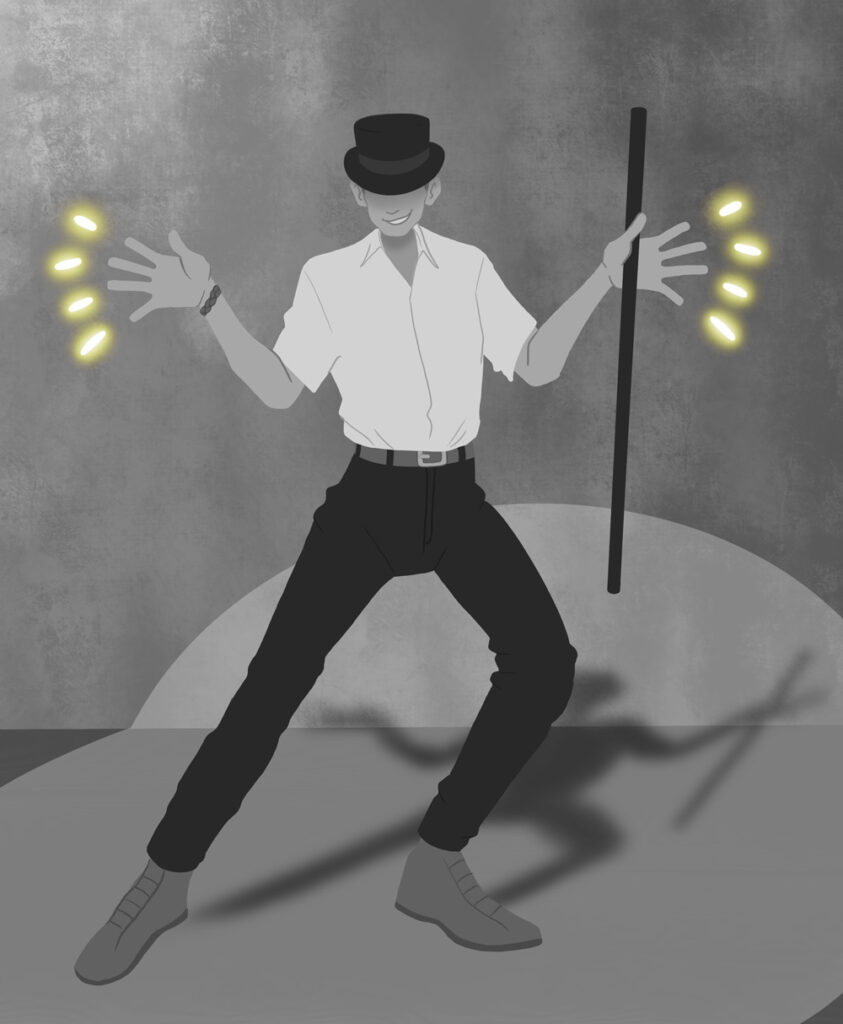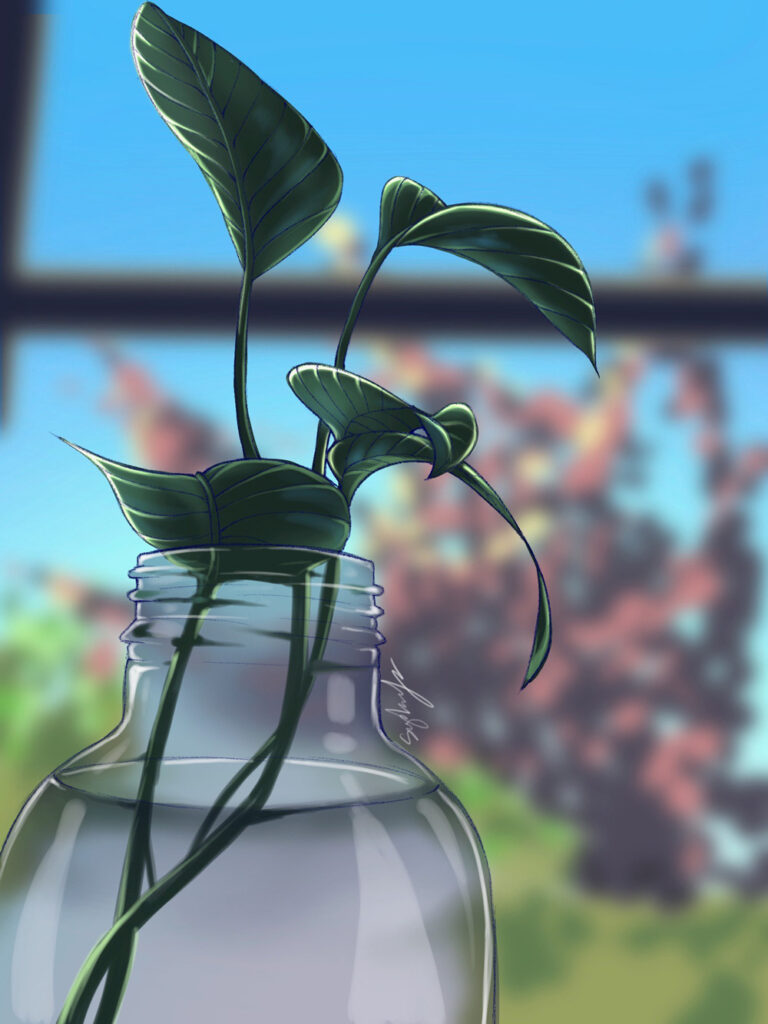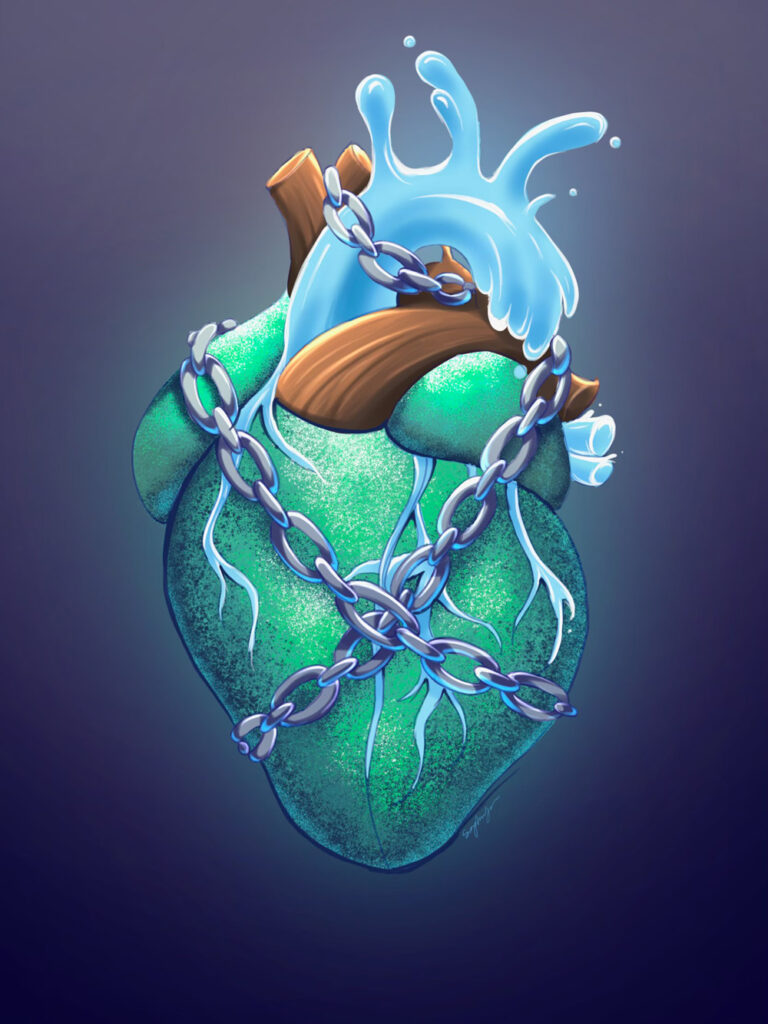The Character Development of Eren Yeager
by Jessica Wang The young warrior craves freedom, but at what cost? Caution: This article contains spoilers for those who have not seen the anime. “Attack on Titan” was the most popular show in the USA from January 31 to February 6, 2021 (Northern Star), after the first half of its season 4 aired. Now that …





